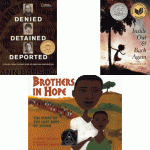2015 WRAD Blogging Challenge: Week 1
TeachingBooks.net is preparing for World Read Aloud Day (WRAD) by participating in the WRAD “Speak Your Story” Blogging Challenge! The four week blogging challenge is outlined at The Busy Librarian.
World Read Aloud Day is Wednesday, March 4, 2015. Spread…

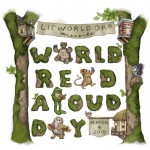
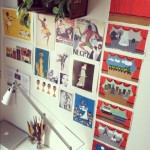
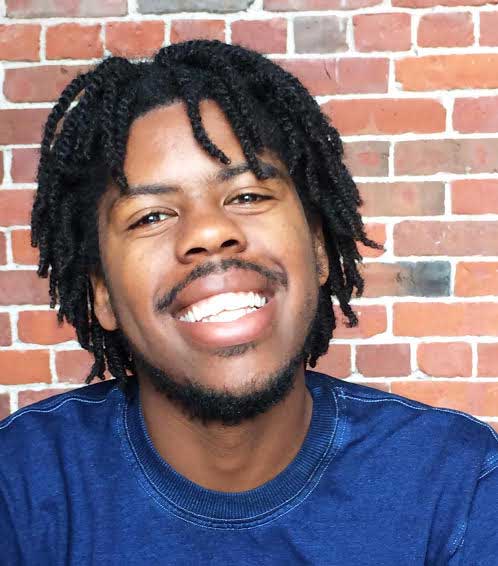 When I’m asked how I came to illustrate Patricia Hruby Powell’s Josephine: The Dazzling Life of Josephine Baker (Chronicle Books 2014), my most direct answer is that my agent Steven Malk shared the manuscript with me, after being approached by editors at Chronicle. The more magical response would be that Josephine Baker’s life was an inspiration to me long before I read Powell’s text.
When I’m asked how I came to illustrate Patricia Hruby Powell’s Josephine: The Dazzling Life of Josephine Baker (Chronicle Books 2014), my most direct answer is that my agent Steven Malk shared the manuscript with me, after being approached by editors at Chronicle. The more magical response would be that Josephine Baker’s life was an inspiration to me long before I read Powell’s text. 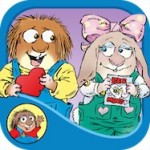
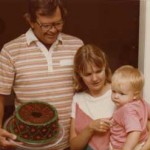
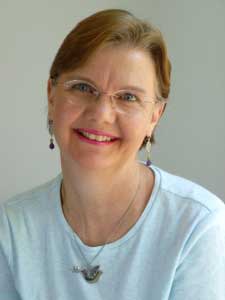 Not long after my dad died, just after Christmas in 1999, I found myself in the throes of intense grief. I had experienced loss before. Grandparents had passed away. Friends had left me, too. But I had never felt the kind of profound sadness that engulfed me when my father died. It caused my knees to buckle and for months I felt like I was slogging through quicksand, each step muddier than the one before it.
Not long after my dad died, just after Christmas in 1999, I found myself in the throes of intense grief. I had experienced loss before. Grandparents had passed away. Friends had left me, too. But I had never felt the kind of profound sadness that engulfed me when my father died. It caused my knees to buckle and for months I felt like I was slogging through quicksand, each step muddier than the one before it.
